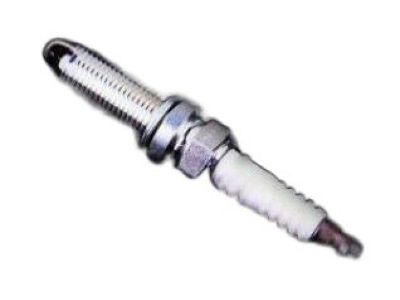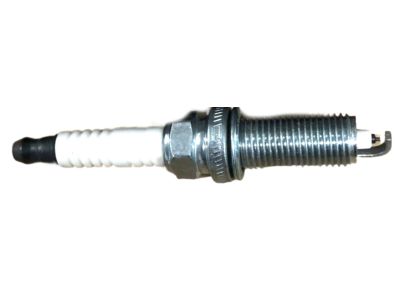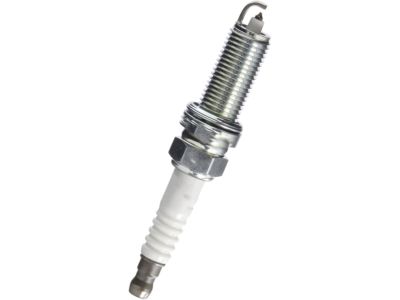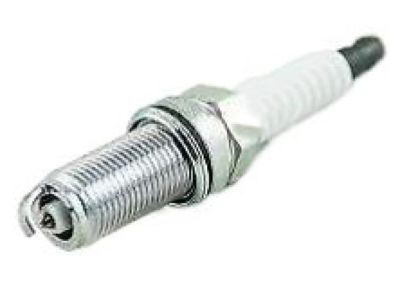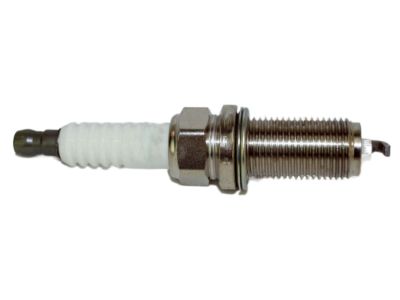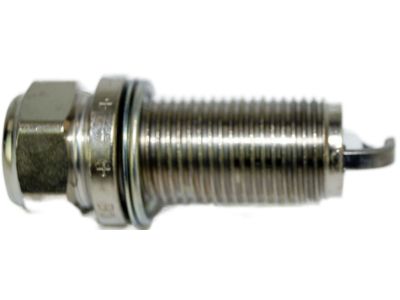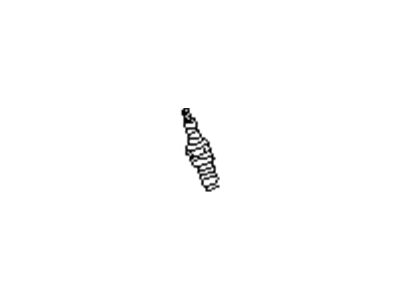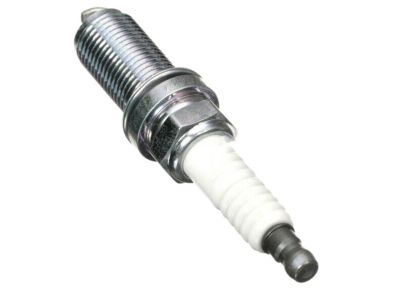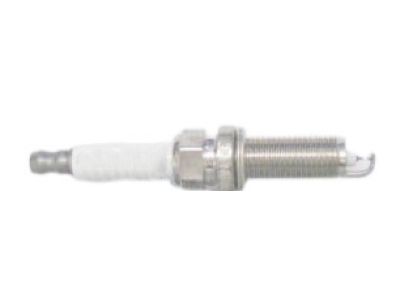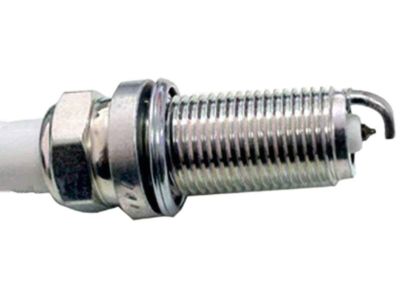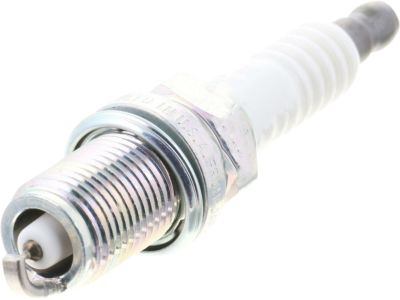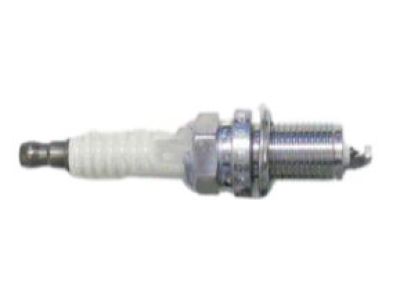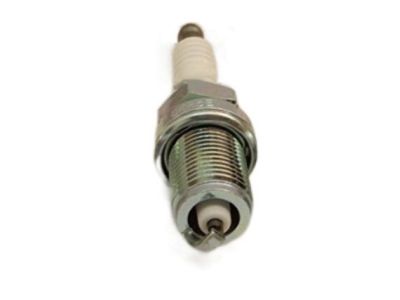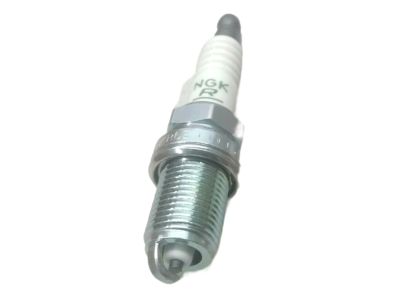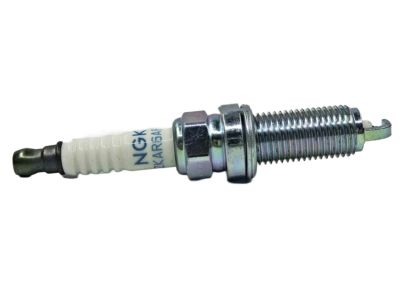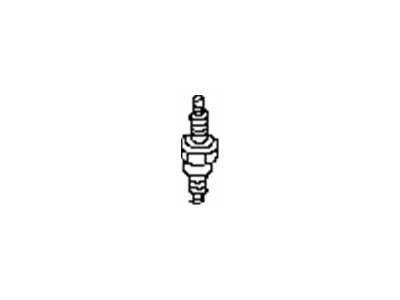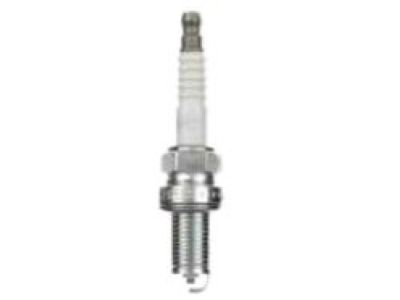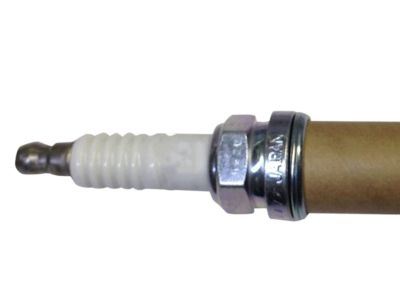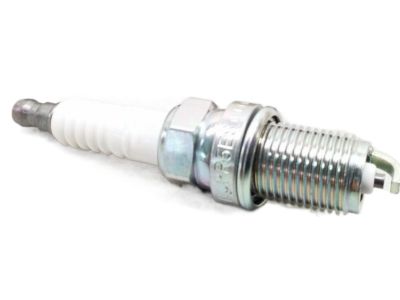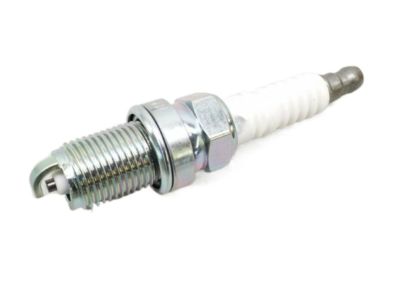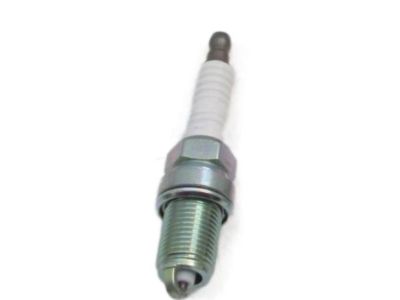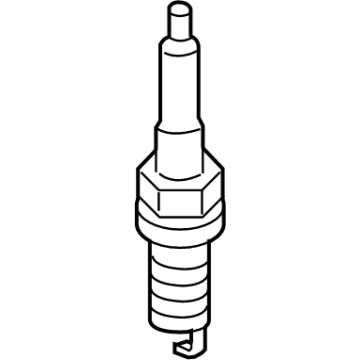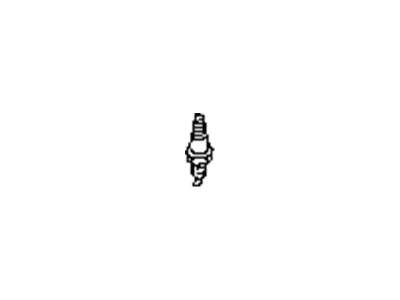×
- Hello
- Login or Register
- Quick Links
- Live Chat
- Track Order
- Parts Availability
- RMA
- Help Center
- Contact Us
- Shop for
- Nissan Parts
- Nissan Accessories

My Garage
My Account
Cart
Genuine Nissan Sentra Spark Plug
Ignition Spark Plug- Select Vehicle by Model
- Select Vehicle by VIN
Select Vehicle by Model
orMake
Model
Year
Select Vehicle by VIN
For the most accurate results, select vehicle by your VIN (Vehicle Identification Number).
33 Spark Plugs found

Nissan Sentra Spark Plug
Part Number: 22401-JA01B$20.82 MSRP: $30.15You Save: $9.33 (31%)Ships in 1-3 Business Days
Nissan Sentra Spark Plug
Part Number: 22401-CK81B$14.93 MSRP: $21.62You Save: $6.69 (31%)Ships in 1-2 Business Days
Nissan Sentra Spark Plug
Part Number: 22401-5M014$14.93 MSRP: $21.62You Save: $6.69 (31%)Ships in 1-3 Business Days
Nissan Sentra Spark Plug
Part Number: 22401-5M015$14.60 MSRP: $21.15You Save: $6.55 (31%)Ships in 1-2 Business Days
Nissan Sentra Spark Plug
Part Number: 22401-JD01B$20.40 MSRP: $29.55You Save: $9.15 (31%)Ships in 1-3 Business Days
Nissan Sentra Spark Plug
Part Number: 22401-1P116$12.98 MSRP: $18.80You Save: $5.82 (31%)Ships in 1-3 Business Days
Nissan Sentra Spark Plug
Part Number: 22401-5M016$12.98 MSRP: $18.80You Save: $5.82 (31%)Ships in 1-3 Business Days
Nissan Sentra Spark Plug
Part Number: 22401-1P115$14.87 MSRP: $21.53You Save: $6.66 (31%)Ships in 1-3 Business Days
Nissan Sentra Spark Plug
Part Number: 22401-20J06$3.98 MSRP: $5.38You Save: $1.40 (27%)Ships in 1-3 Business Days
Nissan Sentra Spark Plug
Part Number: 22401-50Y06$3.71 MSRP: $5.38You Save: $1.67 (32%)Ships in 1-3 Business Days
Nissan Sentra Spark Plug
Part Number: 22401-01P16$4.16 MSRP: $6.02You Save: $1.86 (31%)Ships in 1-3 Business Days
Nissan Sentra Spark Plug
Part Number: 22401-1TT1C$15.15 MSRP: $21.93You Save: $6.78 (31%)Ships in 1-3 Business Days
Nissan Sentra Spark Plug
Part Number: 22401-01P15$4.44 MSRP: $6.43You Save: $1.99 (31%)Ships in 1-3 Business DaysNissan Sentra PLUG-SPARK
Part Number: 22401-6LD1C$21.15 MSRP: $30.62You Save: $9.47 (31%)Ships in 1-3 Business DaysNissan Sentra Spark Plug
Part Number: 22401-50Y05$4.44 MSRP: $6.43You Save: $1.99 (31%)Ships in 1-3 Business DaysNissan Sentra Spark Plug
Part Number: 22401-55Y15$4.44 MSRP: $6.43You Save: $1.99 (31%)Ships in 1-3 Business DaysNissan Sentra Spark Plug
Part Number: 22401-P8316$3.71 MSRP: $5.38You Save: $1.67 (32%)Ships in 1-3 Business Days
| Page 1 of 2 |Next >
1-20 of 33 Results
Nissan Sentra Spark Plug
If you need any OEM Nissan Sentra Spark Plug, feel free to choose them out of our huge selection of genuine Nissan Sentra Spark Plug. All our parts are offered at unbeatable prices and are supported by the manufacturer's warranty. In addition, we offer quick shipping to have your parts delivered to your door step in a matter of days.
Nissan Sentra Spark Plug Parts Questions & Experts Answers
- Q: What tools and steps are required for spark plug replacement on Nissan Sentra?A:Spark plug replacement requires a spark plug socket and extension that fit onto a ratchet, with the socket lined with a rubber grommet to protect the porcelain insulator and hold the plug during removal. A wire-type feeler gauge is needed to check and adjust the spark plug gap, along with a torque wrench to tighten the new plugs to the specified torque. Inspect each new plug for defects, avoiding any with cracks in the porcelain insulator. Check the electrode gaps using the wire gauge; if the gap does not slide between the electrodes with slight drag, the spark plug needs replacement. The gap should match the specified measurements, and if it is incorrect, the spark plug must be replaced without attempting to adjust it. If the side electrode is misaligned with the center electrode, replacement is necessary. Avoid using a wire brush or wheel on iridium or platinum-tipped spark plugs. For removal, on 2.0L models, the intake manifold must be taken off, followed by the ignition coils and then the spark plugs using the socket and ratchet. Clear any dirt or debris from the spark plug area with compressed air or a bicycle pump. Compare each old spark plug with a reference chart to assess the engine's running condition. For installation, apply anti-seize compound to the plug threads, ensuring it does not reach the lower threads. To prevent cross-threading, use a snug-fitting rubber hose over the spark plug for alignment. Tighten the plug to the specified torque and repeat the process for the remaining plugs. After all plugs are replaced, reinstall the ignition coils and the intake manifold on 2.0L models.
Related Nissan Sentra Parts
Browse by Year
2024 Spark Plug 2023 Spark Plug 2022 Spark Plug 2021 Spark Plug 2020 Spark Plug 2019 Spark Plug 2018 Spark Plug 2017 Spark Plug 2016 Spark Plug 2015 Spark Plug 2014 Spark Plug 2013 Spark Plug 2012 Spark Plug 2011 Spark Plug 2010 Spark Plug 2009 Spark Plug 2008 Spark Plug 2007 Spark Plug 2006 Spark Plug 2005 Spark Plug 2004 Spark Plug 2003 Spark Plug 2002 Spark Plug 2001 Spark Plug 2000 Spark Plug 1999 Spark Plug 1998 Spark Plug 1997 Spark Plug 1996 Spark Plug 1995 Spark Plug 1994 Spark Plug 1993 Spark Plug 1992 Spark Plug 1991 Spark Plug 1990 Spark Plug 1989 Spark Plug 1988 Spark Plug 1987 Spark Plug 1986 Spark Plug 1985 Spark Plug 1984 Spark Plug 1983 Spark Plug 1982 Spark Plug
